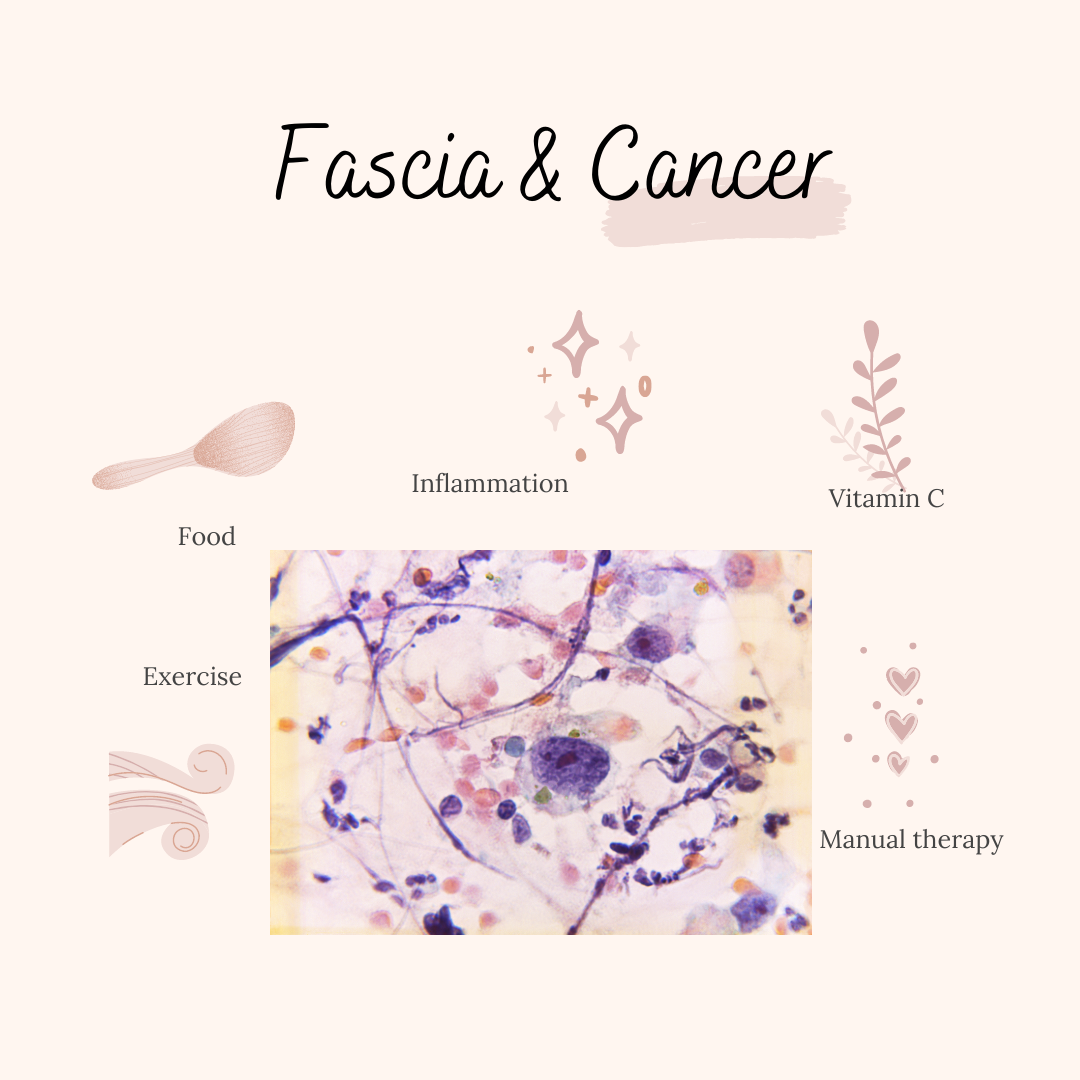Key Points About the Connections Between Cancer and Fascia
Thiamine/Vitamin B1's role in fascia and connective tissue health and disorders like Ehlers-Danlos Syndrome and hypermobile spectrum disorders
- The connective tissue environment plays a role in cancer metabolism.
- Chronic inflammation contributes to cancer development by acting on all stages of tumorigenesis.
- Optimization of inflammation and the fascia works synergistically with cancer treatment.
The connective tissue environment including inflammation influences the cancer development process. Adjunctive interventions to cancer treatment involves optimizing this extracellular environment.
Inflammation
Chronic inflammation contributes to cancer development by acting on all stages of tumorigenesis through induction of mutations, genomic instability, early tumor promotion, and enhanced angiogenesis. Chronic inflammation is associated with infections, autoimmune disease, environmental irritants or obesity.1 Inflammation and metabolic abnormalities within the cancer microenvironment are not just a passive reaction to cancer cells, but also drive neoplastic transformation.2
Fascia Environment
Biophysical factors within connective tissue, including extracellular matrix stiffness, alignment, and porosity influence cancer growth. The normal mobility of fascial tissues is due in part to gliding movement between adjacent fascial layers. The underlying structure of the connective tissue can affect the behavior of all cells interacting with the connective tissue matrix. Elastography shows that malignant tumors have heterogeneous stiffness with soft and stiff areas corresponding to cancer cells and fibrotic stroma. In human biopsies, increased local stiffness with perpendicular collagen alignment at the periphery of malignant tumors has been associated with increased tumor invasiveness.3


